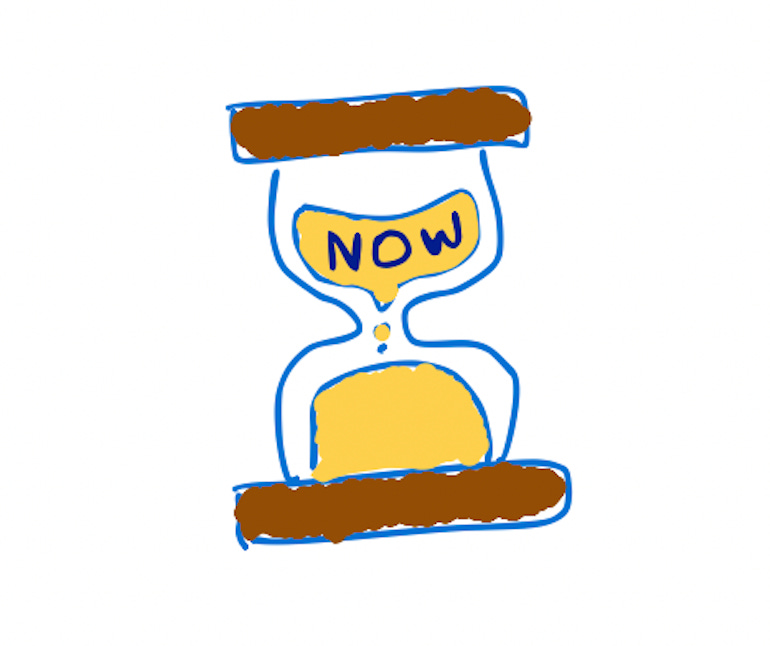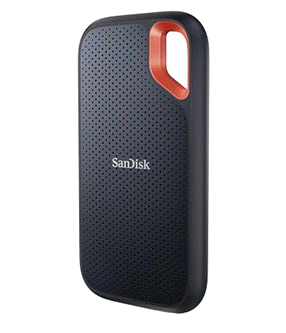2025-08-20 10:36:00
natashajaffe.substack.com
Today I’d like to spotlight a job posting for a friend! Please check out the Staff Engineer role in NYC (hybrid) at Foresight Data. They are hiring for both front-end and back-end. Take a look if that sounds like you!
All engineers have their preferred tools. We accumulate them over time as we take on new problems. You probably have a favorite IDE. You might have strong opinions about API tooling on New Relic vs DataDog. You might even have a favorite memory profiler.
Engineering managers have tools, too. There’s probably another name for it, but I like to think of one of my favorites as the Now, Together. It addresses the fairly universal problem of seemingly small tasks that just drag on and on.
Consider the following examples: You asked one of your engineers to put together a short list of onboarding tickets last week for your new hire who starts tomorrow and it isn’t done yet. Or maybe they need to send a simple meeting invite out but you still don’t see it on the calendar. The new host that was supposed to get spun up last week? Still “in progress”.
This sort of task inertia can show up for a bunch of reasons: maybe there are undetected blockers to the task. Or perhaps your engineer is overwhelmed. Or maybe they just can’t bring themself to engage with a task that doesn’t interest them.
Regardless of the cause, sometimes all they really need is for you to pull them aside during a 1:1 and have them do the task with your support, right then and there (now, together). This might sound a little heavy handed or micromanage-y. It certainly shouldn’t be your MO. In general you should hire for autonomy and manage accordingly. Even the most independent and capable of engineers get stuck sometimes, though. Sparing and thoughtful use of this tool can help you unblock your engineer, get them over the “I don’t really want to do this” hump, and reduce their overwhelm.
In this post I will cover how to determine when this is the right tool for the job, how to use it, and why you should bother.
When should you use this tool? This part is pretty simple. Is the task something you would expect your engineer to close quickly under the right circumstances? Is it somewhat time sensitive? Has it been dragging? If you answered “yes” to all of the above then yeah, it’s time.
This is what Now, Together looks like:
-
During your 1:1, nudge them on the lagging task. Be kind but firm; you aren’t about to launch into an attack on their performance but you aren’t going to let the task continue to slide either.
-
See what they say. It’s usually something like “yes, I’m sorry; I’ve been meaning to get to this. I’ll do it this week.” If the task has been dragging for a while then they are probably sincere but wrong; it’s not getting done this week.
-
That being said, sometimes this is the point where you’ll actually determine a bonafide blocker and they’ll say something like “I started working on it but I wasn’t able to get in touch with
”. Skip to step 5 if this is the case.
-
-
This is it folks, the Now, Together. Use your own phrasing but it sounds something like “Gotcha. Let’s just do it now since we have time left in our 1:1.”
-
Your direct report might push back slightly and tell you that they’ll do it on their own right after the 1:1. I recommend just having them do it live while you do your own thing. In this case they might just need some light external accountability in the form of a body double to get it done.
-
They might push back a bit harder than that, though. This is where you get to learn some interesting stuff. Use another gentle nudge to see what’s holding up the show. Eventually you will get to The Blocker. This could be something big and hairy like an unresolved dependency on another team. It could also be something small and easy to fix like not knowing who to include on a meeting invite. Or maybe it’s something squishy like discomfort around decision making. Whatever it is, you are now in a position to help.
Why bother with this? The specific benefits of this tool (aside from closing out the task) depend on how your person got into this situation in the first place. Here are a few that I find to be universal, though:
-
Accountability. This quite clearly demonstrates to your person that you do expect the work to be done in a timely manner. It’s gentler and more receivable than a performance conversation which would be premature at this point unless you have detected a clear pattern (more on this in Caveats, below).
-
Compassion. I’ve been on the receiving end of this tool multiple times. It usually happens when I’ve lost motivation or have been buried under Too Many Tasks. My managers have always approached it from a place of compassion and I came away from these 1:1’s feeling well supported. It was also a relief to have the task done and no longer hanging over my head.
-
Discovery. If you have your antennae all the way out then you’ll pick up some new insights. You may learn that a task you assumed to be simple is actually quite complex. Or perhaps you will learn that your person is unmotivated by this type of work. I could keep going here, but the point is that you will learn and the more that you, the manager, know about your people and their work, the better.
If you find yourself using Now, Together quite frequently with a given engineer then this is a signal that Something Is Up. Look for patterns. Are they consistently getting blocked by small things? Are they unblocked but seemingly unmotivated much of the time? Do they simply have way too much on their plate? Consider overuse of this tool to be a canary in the coal mine for bigger manager problems.
All engineers let tasks drag on from time to time. Whether this is due to overloaded task queues, a lack of motivation, or undetected blockers, sometimes all you really need is to provide them with some dedicated space and live accountability. This is where Now, Together comes in. Use this tool to get tasks closed out, resolve blockers, and support your people while discovering what got them into this state in the first place.
Keep your files stored safely and securely with the SanDisk 2TB Extreme Portable SSD. With over 69,505 ratings and an impressive 4.6 out of 5 stars, this product has been purchased over 8K+ times in the past month. At only $129.99, this Amazon’s Choice product is a must-have for secure file storage.
Help keep private content private with the included password protection featuring 256-bit AES hardware encryption. Order now for just $129.99 on Amazon!
Help Power Techcratic’s Future – Scan To Support
If Techcratic’s content and insights have helped you, consider giving back by supporting the platform with crypto. Every contribution makes a difference, whether it’s for high-quality content, server maintenance, or future updates. Techcratic is constantly evolving, and your support helps drive that progress.
As a solo operator who wears all the hats, creating content, managing the tech, and running the site, your support allows me to stay focused on delivering valuable resources. Your support keeps everything running smoothly and enables me to continue creating the content you love. I’m deeply grateful for your support, it truly means the world to me! Thank you!
|
BITCOIN
bc1qlszw7elx2qahjwvaryh0tkgg8y68enw30gpvge Scan the QR code with your crypto wallet app |
|
DOGECOIN
D64GwvvYQxFXYyan3oQCrmWfidf6T3JpBA Scan the QR code with your crypto wallet app |
|
ETHEREUM
0xe9BC980DF3d985730dA827996B43E4A62CCBAA7a Scan the QR code with your crypto wallet app |
Please read the Privacy and Security Disclaimer on how Techcratic handles your support.
Disclaimer: As an Amazon Associate, Techcratic may earn from qualifying purchases.








































































































